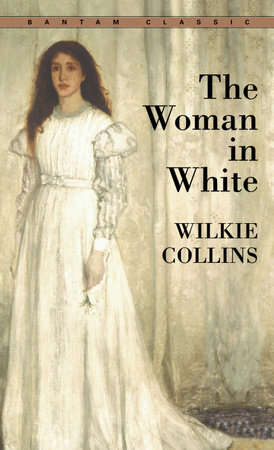The Woman in White Reader’s Guide
By Wilkie Collins


1. Wilkie Collins has been hailed as the creator of the “sensation novel”. Citing examples from The Woman in White, how would you define this Victorian literary genre?
2. In his preface to the 1860 edition of The Woman in White, Collins wrote, “An experiment is attempted in this novel, which has not (so far as I know) been hitherto tried in fiction. The story…is told throughout by the characters of the book.” Was the experiment a success? What is gained and what is lost in telling the story exclusively through first person narratives?
3. In her Introduction to this Modern Library edition, Anne Perry asks, “What is there in The Woman in White that transcends the change in culture from 1860 to the present, and beyond?” How would you answer this question?
4. Collins has been widely praised for his fully drawn portraits. Which characters stand out as the most vivid, and why?
5. Throughout the novel, how does Collins use premonitions, coincidences and dreams to foreshadow key events?
6. “Walter Hartright is very much a man of his time,” declares Anne Perry. “His view of women is almost unbelievably naïve compared with today’s.” Drawing on Hartright’s descriptions of Marian Halcombe and her sister Laura, as well as Anne Catherick and her mother, do you agree with Perry’s comment? Do you think that Wilkie Collins shared his protagonist’s view of women?
7. Why does Mrs. Catherick allow her own daughter to be placed in an insane asylum, and how does she justify her actions?
8. In his concluding narrative, Count Fosco describes “the first and last weakness” of his life. What is the nature of Fosco’s self-described “deplorable and uncharacteristic fault”?
9. Throughout the novel, how does Collins explore the themes of respectability and social class?
Just for joining you’ll get personalized recommendations on your dashboard daily and features only for members.
Find Out More Join Now Sign In